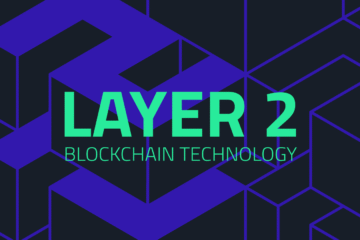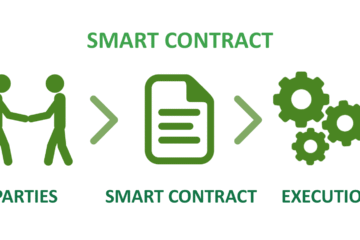3-Minute Guide to Understanding the Difference Between ERC-20 and ERC-721

You’ve likely seen “ERC-20” mentioned in crypto news. It’s a standard protocol on Ethereum, alongside another well-known standard, ERC-721.
Though familiar to many, these protocols can be confusing. Today, let’s break down what ERC-20 and ERC-721 are and how to distinguish them.
01 What Are ERC-20 and ERC-721?
Let’s start with a quick overview of each.
1. ERC-20
ERC-20 is the most widely recognized Ethereum token standard. Tokens under this standard are interchangeable, meaning they have no distinct value differences. Think of it like cash: your $100 bill is worth the same as my $100 bill.
The ERC-20 standard specifies that tokens must have a name, symbol, total supply, and functions like transfers and remittances. Its key benefit? Any ERC-20 token is compatible with Ethereum wallets, allowing you to add it to your wallet and send it to others.
Thanks to this standard, issuing tokens is straightforward. Over 180,000 ERC-20 tokens exist on Ethereum today.
2. ERC-721
If ERC-20 is so powerful, why do we need ERC-721? While ERC-20 tokens are interchangeable, some assets—like digital collectibles or game items—require unique properties. That’s where ERC-721 comes in.
ERC-721 ensures each token has a unique Token ID, making every token distinct. In this standard, your $100 “bill” and my $100 “bill” are different because their IDs (like serial numbers) are unique.
02 How to Tell ERC-20 and ERC-721 Apart?
Let’s use an example. Imagine a blockchain-based virtual pet app with 100 cats.
If the app’s tokens are ERC-20, your cat and my cat are identical, and the cat token is divisible. For instance, it could be split into 10 parts, with each part being 0.1 token.
If the app uses ERC-721, your cat and my cat are distinct because each has a unique ID. Plus, the cat token is indivisible and exists as a single, unique unit.
This highlights two key differences:
- Interchangeability: ERC-20 tokens are interchangeable with no value distinction; ERC-721 tokens are non-interchangeable, each with a unique ID.
- Divisibility: ERC-20 tokens can be divided (e.g., into fractions); ERC-721 tokens are indivisible, representing a single, unique asset.
These differences make the standards suited for different use cases. For more on Ethereum standards, check out our previous article: You Know ERC-20, But What About ERC-223, 721, 777, and 1155?
03 Summary
ERC-20 and ERC-721 are Ethereum token standards. ERC-20 tokens are interchangeable, divisible, and have no value distinction. ERC-721 tokens are unique, non-interchangeable, indivisible, and each has a distinct ID.










